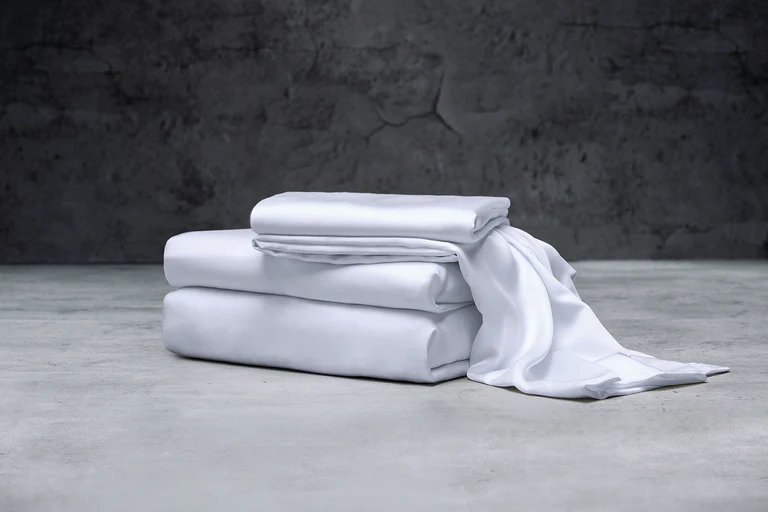What are the key points to pay attention to when producing the best matress protector for bed wetting?When producing a mattress protector specifically designed for bedwetting, there are several key points to pay attention to:
- Waterproofing: The primary function of a mattress protector for bedwetting is to provide effective waterproofing. The protector should have a waterproof barrier that prevents any liquid from seeping through to the mattress. Ensure that the waterproofing material is durable, long-lasting, and capable of withstanding repeated washings.
- Breathability: While waterproofing is crucial, it’s equally important to ensure breathability. The mattress protector should allow air circulation to prevent heat and moisture buildup, promoting a comfortable sleep environment. Look for materials that are breathable and have moisture-wicking properties.
- Comfort and Softness: A mattress protector should not compromise on comfort. Choose materials that are soft and gentle on the skin to ensure a comfortable sleeping experience. Look for options that provide a plush, quilted surface for added comfort.
- Secure Fit: The mattress protector should have a secure and snug fit to prevent shifting or bunching up during sleep. Elasticized corners or fitted skirt designs can help keep the protector securely in place.
- Easy Maintenance: Consider the ease of cleaning and maintenance. Look for mattress protectors that are machine washable and can withstand frequent washing without losing their functionality or durability. Quick-drying features can also be beneficial.
- Allergen Protection: Some mattress protectors come with additional features like hypoallergenic properties or protection against allergens such as dust mites. These features can be beneficial for individuals with allergies or sensitivities.
- Size Options: Ensure that the mattress protector is available in various sizes to fit different mattress dimensions, including twin, full, queen, and king sizes.
- Durability: A high-quality mattress protector should be durable and able to withstand regular use and washing without losing its effectiveness. Look for well-constructed materials and reputable brands known for their durability.
- Safety Standards: Ensure that the mattress protector meets relevant safety standards and regulations for bedding products.
By paying attention to these key points, you can produce a mattress protector for bedwetting that effectively protects the mattress, provides comfort, and meets the needs of individuals dealing with bedwetting issues.
